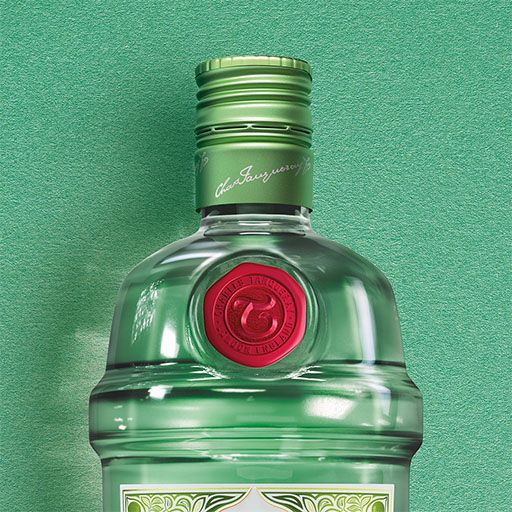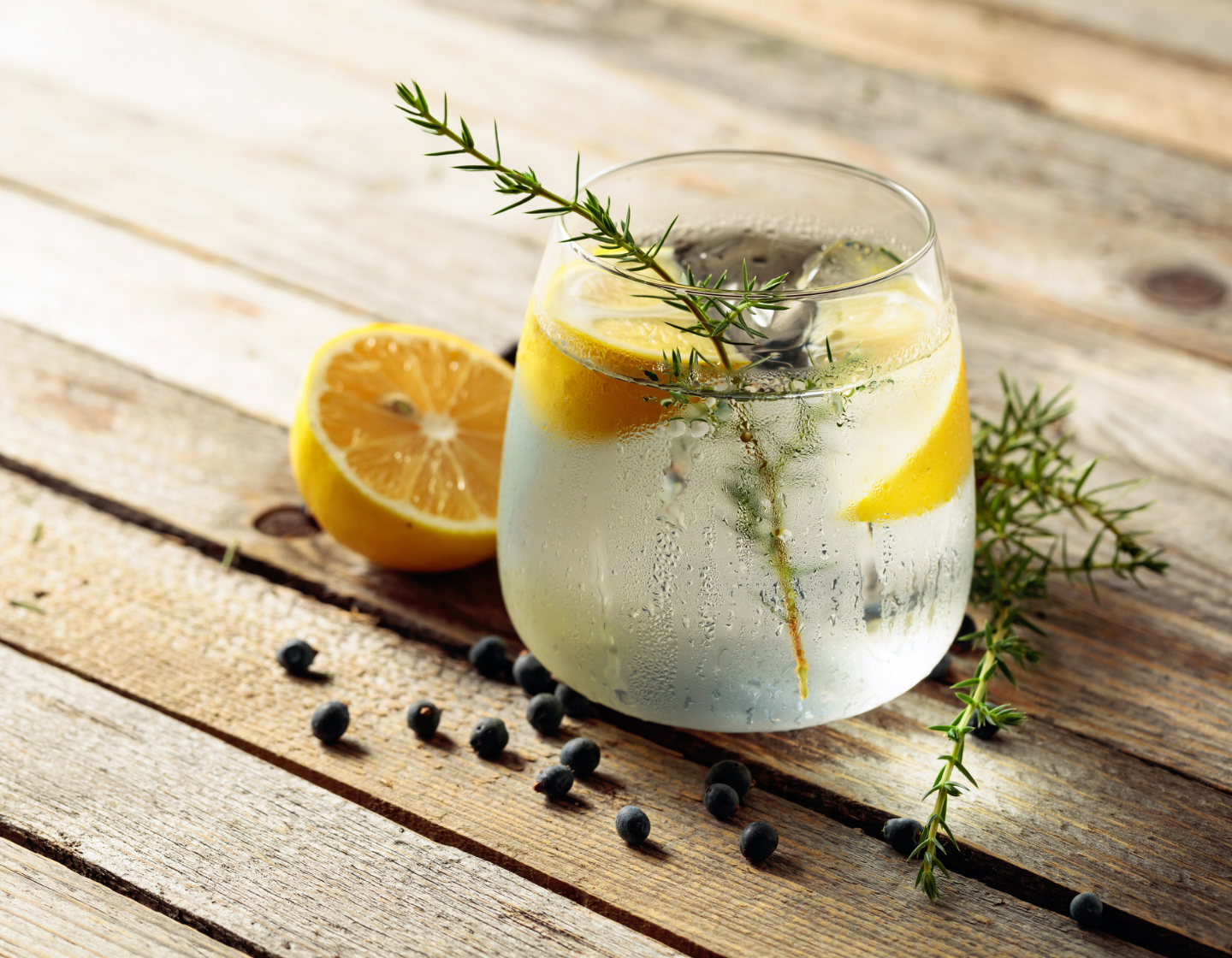
Gin: History and Production
Discover the fascinating history of gin, a botanical spirit where juniper reigns supreme, from its medicinal claims in the 17th century to the iconic cocktails that shaped its popularity.
Estimated Reading Time: 3 minutes.
The origins of gin can be traced back to the Middle Ages, with records describing a drink called "Jenever", a Dutch spirit made with juniper, a botanical found in the Northern Hemisphere. And by today's regulations, the taste of juniper must be the signature note in any gin.
The History of Gin
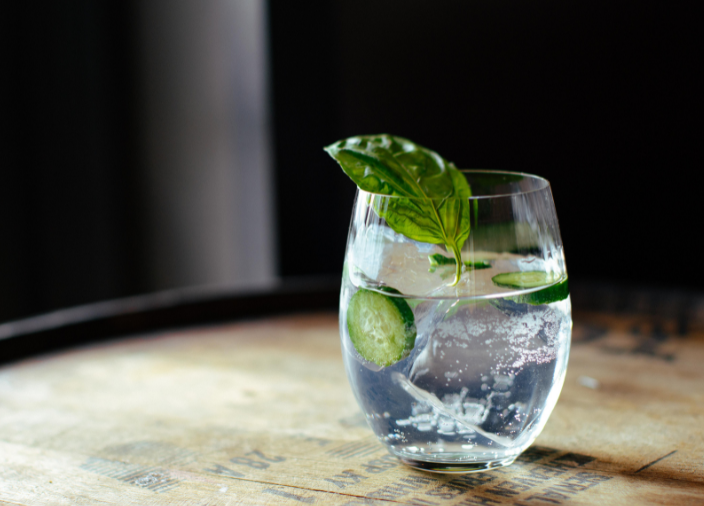
The History of Gin
In 1689, the Dutch Protestant Prince William of Orange and his wife Mary became co-rulers of England, Scotland, and Ireland. During the Thirty Years War with France, they quickly outlawed imported French brandy and promoted local distillation. Meanwhile, English soldiers fighting for the Dutch in their war of independence from Spain, noticed the Dutch soldiers drinking 'Genever ' or gin for courage (coining the phrase "Dutch courage"). With a ban on French brandy, William and Mary unknowingly opened the floodgates to uncontrolled distillation and distribution of this juniper-flavored liquid from their homeland.
Myth Buster: "Gin is medicinal"
During the 17th century, gin was marketed as a medicinal elixir with supposed healing properties. It was believed to cure everything from kidney ailments to stomach disorders. This myth likely contributed to its widespread consumption during that time.
The Rise of Gin
In 1751, the problem with over-production and over-consumption was brought under control when gin production was granted exclusivity to selected large distillers.
The invention of Column Stills further revolutionized gin production in the 19th century and created 'London Dry' style gins, while the importation of exotic ingredients like citrus, anise, cinnamon, and licorice root helped develop more exciting flavors.
Around the same time, British soldiers in India created the world-famous Gin and Tonic cocktail, mixing their gin rations with quinine-rich tonic to fend off malaria.
Global Gin Revival
After a decline in the mid-20th century, gin experienced a significant revival in the 21st century. Craft distilleries worldwide began producing a wide array of high-quality and artisanal gins, leading to a renaissance of gin appreciation among enthusiasts.
Gin's resurgence has sparked the popularity of gin festivals and distillery tours, where gin enthusiasts can explore various brands, taste different botanical blends, and learn about the production process from experts.
Fun Fact
World Gin Day is celebrated annually on the second Saturday of June. It's a day for Gin enthusiasts around the world to raise a glass and enjoy their favorite gin cocktails or try something new, like a Gimlet.
Gin Types
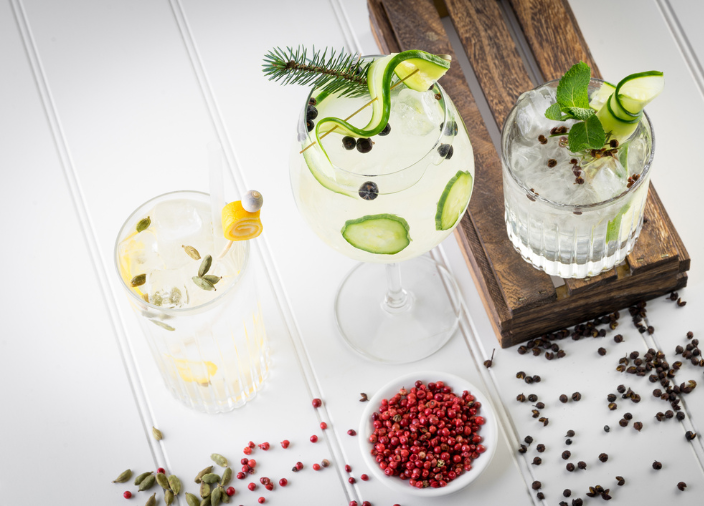
Gin Types
Since gin originated in the UK, the following classifications are based on EU spirit drink regulation (2008):
Gin – The most generic category; no specific production method is specified except that the spirit must have a discernible juniper flavor and be bottled at 37.5% ABV (40% ABV in the United States). Most spirits labeled gin are likely to be produced using the cold compounding method and are relatively inexpensive.
Distilled Gin – A highly rectified spirit (96% ABV) is diluted and redistilled in the presence of juniper berries and other natural botanicals. After distillation, natural or natural-identical flavors may be added. Distilled gin can be colored.
London Gin / London Dry Gin – All the flavors must be introduced exclusively through distillation in traditional stills. Only a minute amount of sweetener is permitted but no colorant is allowed. The term “London Dry” is not a geographical indication and therefore it can be produced anywhere in the world.
Other Types of Gin
Flavored Gin – Technically all gins are flavored, but the contemporary meaning of ‘flavored gin’ refers to spirits where pronounced flavors of non-traditional fruits, herbs, and spices take center stage. These new aromatics and flavors are usually added after distillation. Flavored gin will also contain more sugar compared with traditional distilled gin, but it should not be confused with gin-based liqueurs (see below) which have a much higher sugar content and lower alcohol strength (below 37.5% ABV). From a consumer standpoint, flavored gin opens a whole new level of flavor palates to explore. They are more accessible and add to the mixability of the spirits. Tanqueray Flor De Sevilla is a good example of this category.
Sloe Gin and Gin-based Liqueurs – Sloe gin is the only gin-based liqueur permitted to be described as gin. It is produced by maceration of sloe berries (a plum-like fruit) in gin with the possible addition of sloe juice. The minimum bottling strength of Sloe gin is 25% ABV. Other fruit gin liqueurs can only be described as ‘gin liqueur’ and must have a minimum of 100 grams of sugar and a minimum bottling strength of 15% ABV. See Gordon’s Sloe Gin.
Gin Flavor
The number of botanicals used in any brand’s recipe may range from as little as one (just juniper) to thirty or more and most times, less is more. Alongside juniper, hundreds of botanicals are available for use, all adding unique characteristics to a gin, for example:
Floral: Chamomile, bay leaf, and orris root
Spicy: Ginger, coriander seeds, cardamom, cinnamon, lemongrass, and angelica seeds.
Woody: Angelica root, licorice, and nutmeg
Citrus: Bergamot, pink grapefruit and bitter orange (like Tanqueray Flor De Sevilla).
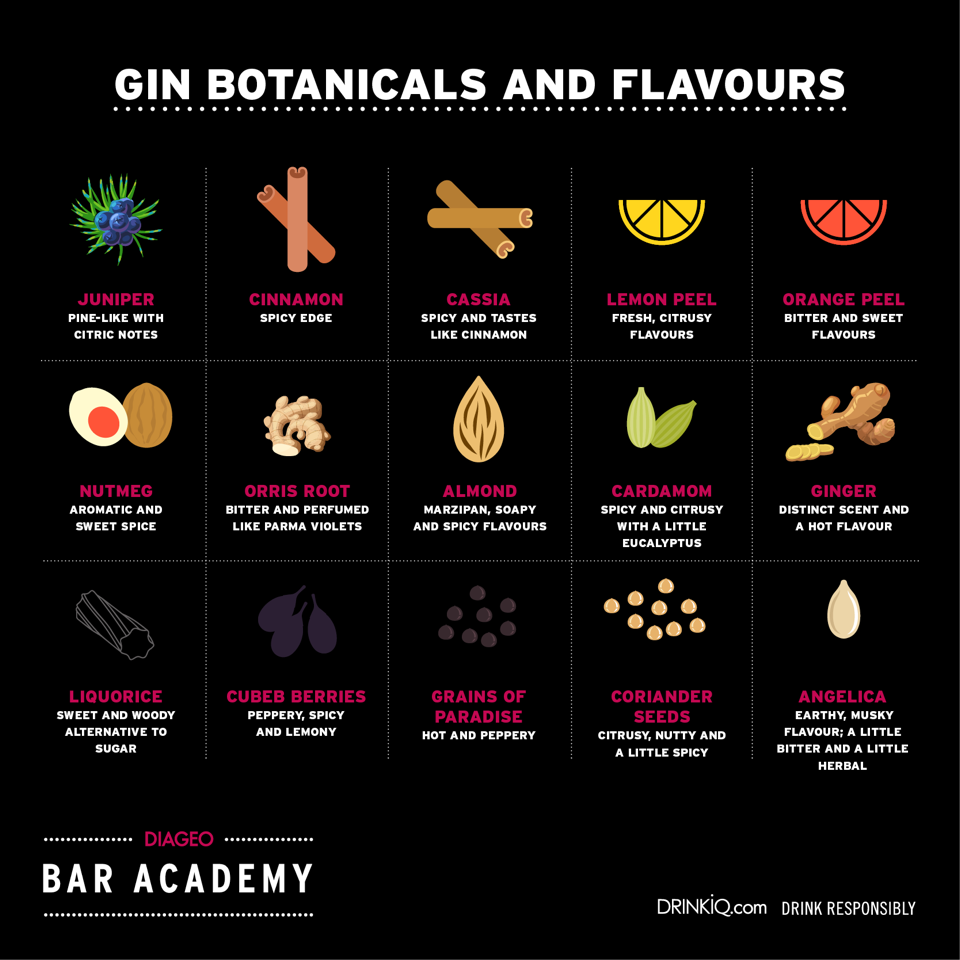
The Seven Steps of Gin Production
Although these steps outline the primary process for gin production, each distiller may have unique variations in their approach.
Base Spirit: Producers must make gin from a 96% ABV rectified spirit from grains like barley, wheat, corn, or rye.
Botanicals: The heart of gin lies in its botanical blend, with juniper being the essential and predominant flavor. Distillers carefully select a variety of botanicals, which can include spices, herbs, fruits, roots, and seeds, to create the unique flavor profile of their gin.
Infusion: The base spirit is infused with botanical flavors using maceration (steeping) or vapor infusion.
Distillation: The infused spirit is heated in a still to purify and concentrate the flavors (lower-quality gins use "cold compounding," flavoring the spirit with infusion or maceration, i.e. without distillation).
Dilution: The liquid is diluted with water to achieve the desired bottling strength (a minimum ABV of 37.5%). While the juniper flavor must remain predominant, adjustments may also be made by adding flavorings.
Filtration and Bottling: Any remaining impurities are removed from the liquid to ensure clarity before the gin is bottled for distribution.
Aging: Some gins are aged in wooden barrels for additional flavors and colors.
In addition to the traditional and iconic London Dry gin, the market now boasts a wide variety of flavored gins infused with everything from fruits and herbs to spices and even floral elements, and zero alcohol gins, all offering a delightful range of taste experiences.
Prepping for World Gin Day? Discover the enchanting and diverse world of the gin cocktail in our Gin recipes section.
Popular Gin Recipes
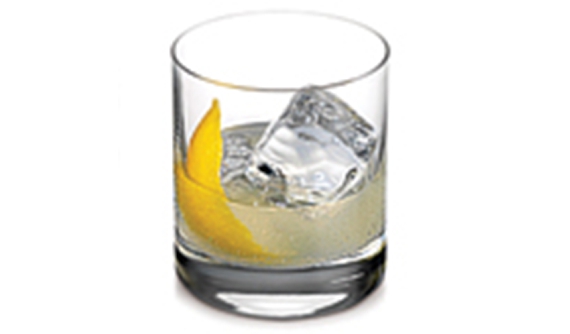
Tanqueray Gimlet
A classic cocktail deserves a classic Gin! Ultra smooth Tanqueray London Dry Gin chilled with fresh Lime and served straight up - unparalleled perfection.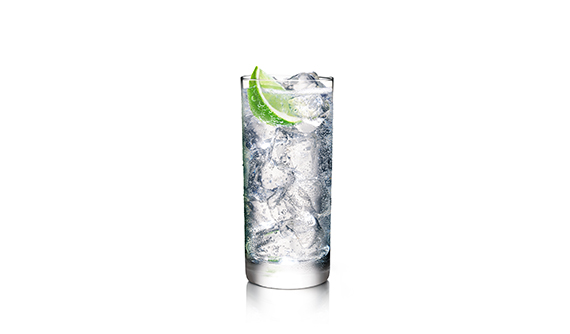
Tanqueray & Tonic
A true oriGinal, Tanqueray London Dry Gin with Tonic Water on the rocks and the quintessential Lime - there are many G&Ts, but only one genuine T&T.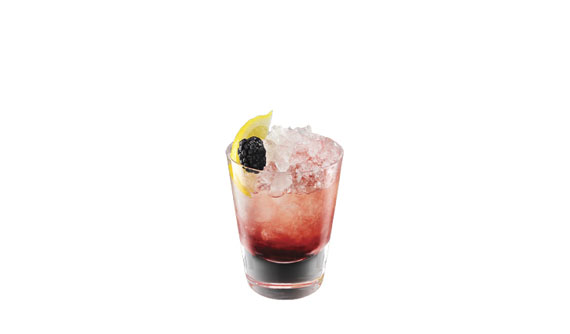
Gordon's Gin Bramble
fresh and fruity - Gordon's Gin served with fresh lemon over ice and laced with blackberry liqueur.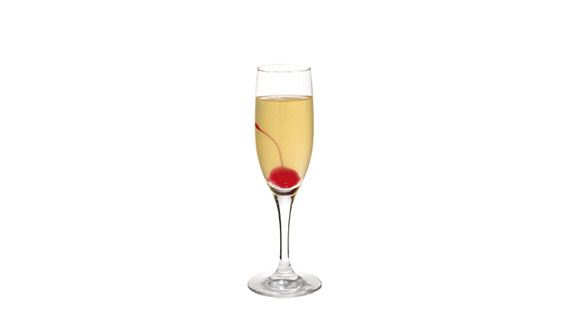
Gordon's French 75
Enjoy the crisp Gordon's Gin combined with Lemon and Sugar and topped with delicious Champagne.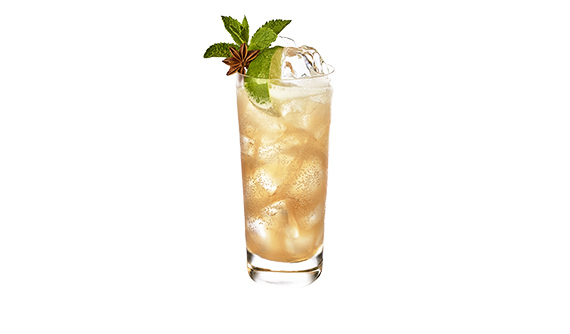
Gin Gin Mule
Tanqueray is mixed with Apple and Ginger in this delicious, spicy modern classic.
GIN BRANDS
For tips, trends, recipes and more, sign up to the Diageo Bar Academy.

